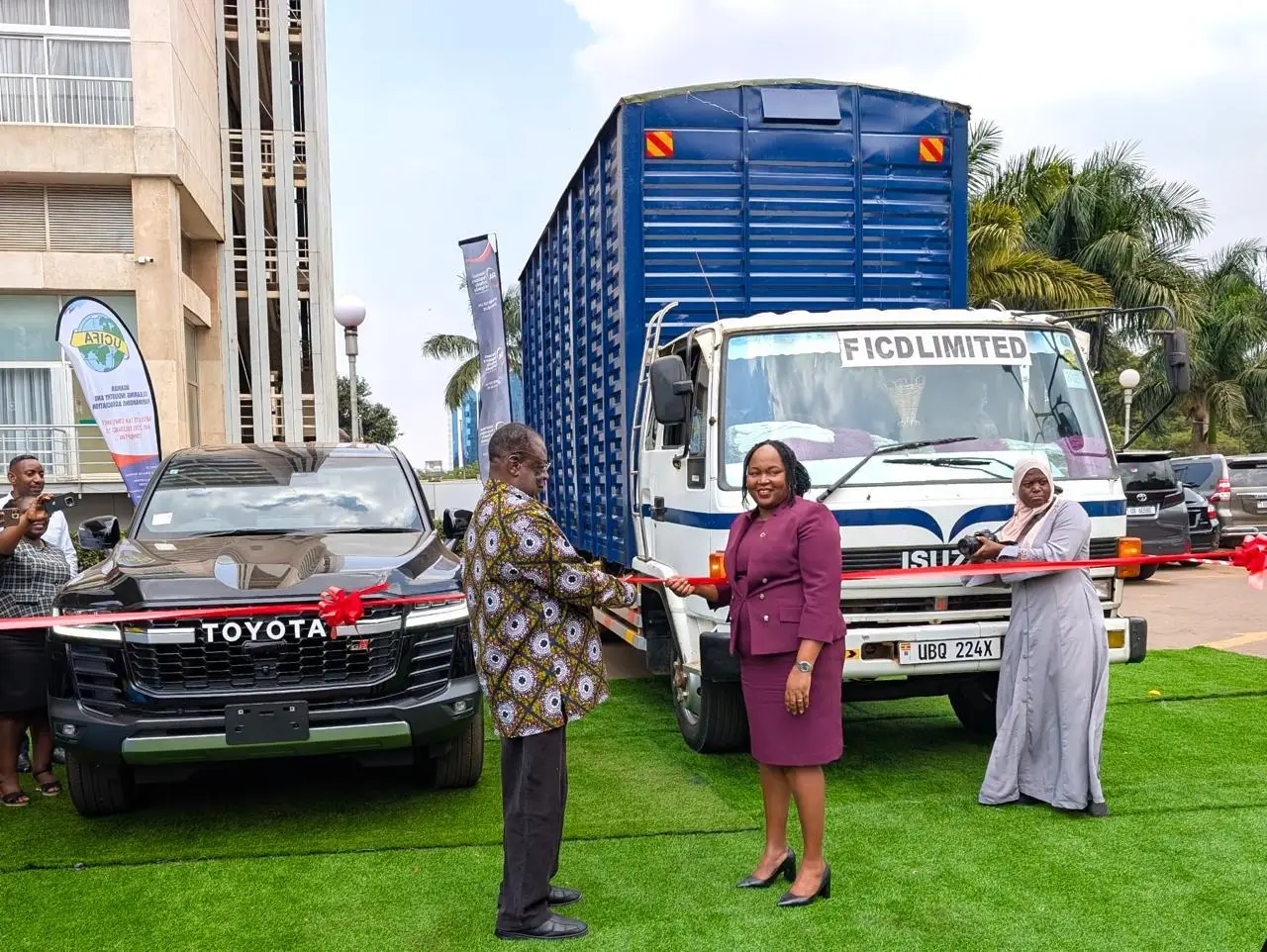Uganda’s Minister of State for EAC Affairs, Rt. Hon. James Magode Ikuya with EAC SG, Hon. Veronica Nduva launching the EAC Bond
The East African Community (EAC) has taken a major step towards streamlining regional trade with the launch of the EAC Customs Bond, a mechanism designed to reduce the cost of doing business and eliminate bottlenecks in cross-border cargo movement.
The official launch took place in Kampala, Uganda, on 4 August 2025, and was officiated by Uganda’s Minister of State for EAC Affairs, Rt. Hon. James Magode Ikuya, who described the EAC Bond as “a home-grown solution tailored to our region’s realities—a symbol of trust, innovation and partnership.”
Also present were EAC Secretary General Hon. Veronica Nduva, TradeMark Africa Deputy CEO Allen Asiimwe, and other officials from the public and private sectors, who hailed this as a milestone in tandem with the region’s pursuit of seamless trade transactions and improved competitiveness and integration.
For years, businesses operating in the EAC have grappled with an assortment of national customs guarantee systems that required traders to issue a separate bond in each country of transit. This system not only increased the cost of trading across borders but also tied up critical capital in the form of repeated financial guarantees. It slowed down cargo clearance and undermined the region’s competitiveness.
“This reform is about changing that. With the EAC bond, we are unlocking trade—saving time, releasing capital, and strengthening our industries’ competitiveness,” Hon. Ikuya, added.
Until now, the region relied on the COMESA-administered Regional Customs Transit Guarantee (RCTG). While this was a step forward, it proved increasingly inadequate for the needs of the EAC’s evolving trade environment. COMESA operates at the Free Trade Area level, while the EAC is advancing from a Common Market to a Monetary Union. Given these differing stages of integration, especially regarding the movement of goods, the EAC—as a Customs Union—required a more advanced and tailored customs bond system to meet its deeper integration needs.
Furthermore, the COMESA bond was limited to transit cargo, excluding warehousing and temporary imports, which are critical functions for businesses operating under the EAC’s Customs Union. The fact that not all EAC Partner States are members of COMESA—most notably Tanzania—created further misalignments.
Recognising these limitations, the EAC moved to establish a more responsive and customised bond suited to its integration model. The EAC Customs Bond not only covers goods in transit but also includes warehousing, temporary imports and transfers—offering a broader, more relevant scope for the region’s traders, who can now issue a single guarantee at the point of entry, covering the entire transport routes across the multiple EAC countries to the destinations. This will significantly reduce the tied-up capital often required as collateral for multiple national guarantees, improve customs clearance timelines, and strengthen compliance monitoring through integration with regional systems.
“Each year, over $35 billion worth of goods move through our regional corridors. Yet, much of this trade has been constrained by high financial guarantees and complex border procedures. The EAC Bond simplifies compliance, reduces operational costs and unlocks working capital,” SG Nduva noted, adding that the bond is “a strategic enabler of regional economic growth”.

EAC SG, Hon. Veronica Nduva launching the EAC Bond ushering the start of the EAC Bond, with Uganda leading the pilot
The EAC Customs Bond is anchored on the foundations of the Single Customs Territory (SCT), which has been operational since 2014. Under the SCT, customs documentation is completed in the country of origin and transmitted electronically to destination countries, ensuring seamless flow of goods across borders under harmonised procedures. This has already reduced internal border controls, duplication of processes and bureaucratic bottlenecks. The time and cost of transporting goods from the respective ports of Dar es Salaam and Mombasa has reduced from 21 and 18 days to 7 and 4 days respectively. The cost has reduced from $3,100 to $1,025. Partner States Customs systems have been interconnected; information sharing has improved with multiple entries and documents replacing by use of a single declaration.
Allen Asiimwe, Deputy CEO of TradeMark Africa, which provided technical assistance and support for development of the Bond through the UK Government, noted: “This is not merely a technical fix. It is a deliberate shift towards efficient trade, private sector growth, and deeper integration across the region”.
The system will also link with national customs platforms, namely, the EAC Centralised Platform and the Regional Electronic Cargo Tracking System (RECTS), providing real-time tracking of cargo and enabling risk-based monitoring and exchange of information amongst customs bodies. This will reduce instances of cargo re-inspection and border delays, enhance transparency and compliance oversight for customs authorities.
Uganda will be steering the piloting, with the URA leading preparations and capacity building alongside local insurers and freight stakeholders. “This is a win-win reform of everyone,” Hon. Ikuya, noted. “Businesses will save time and resources. Governments will protect revenue, and our people will benefit from faster, more affordable access to essential goods and services.”
The EAC Customs Bond is expected to be fully implemented across all Partner States by October 2025.


